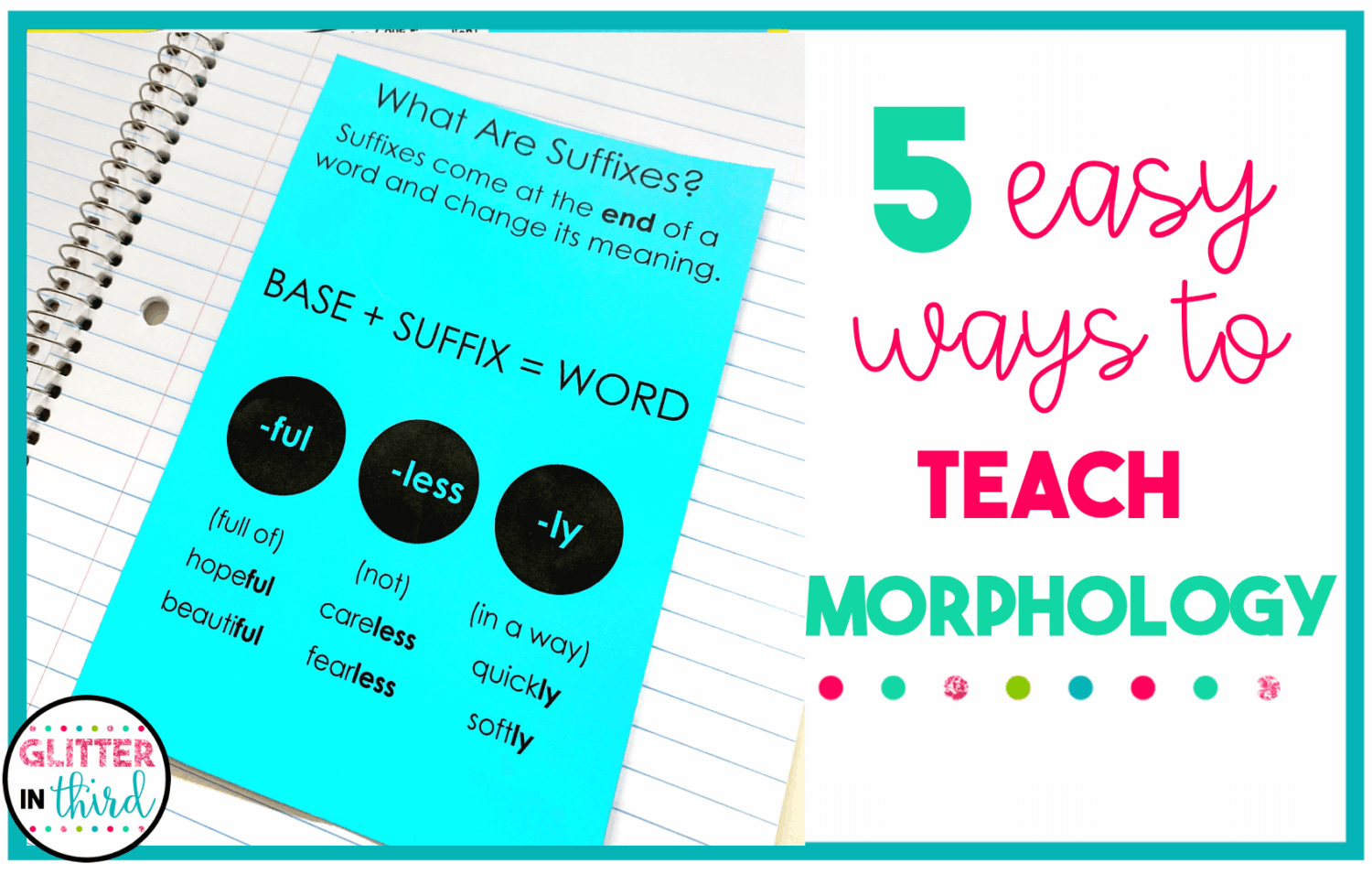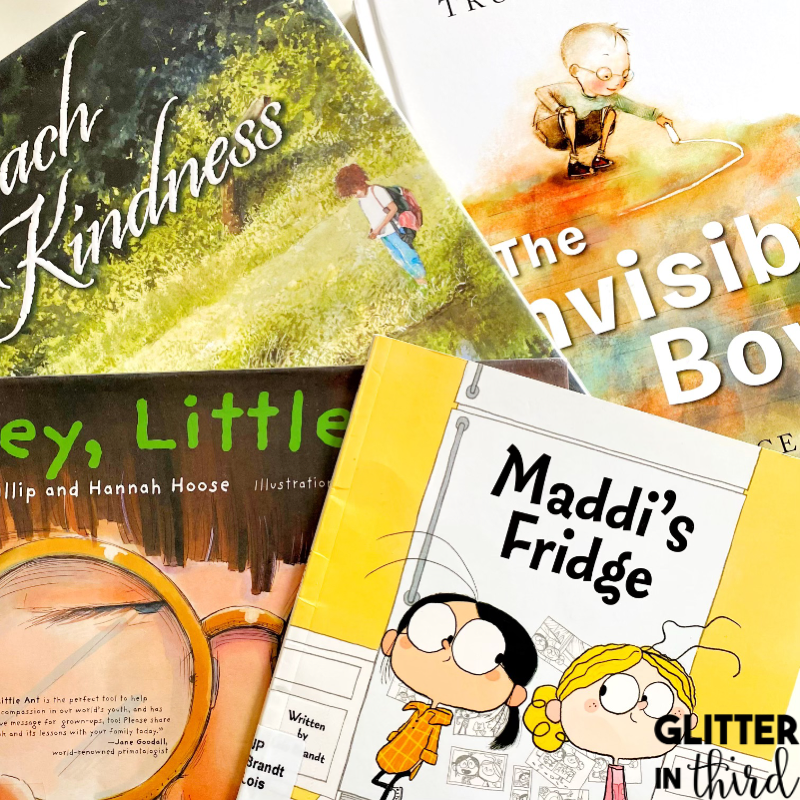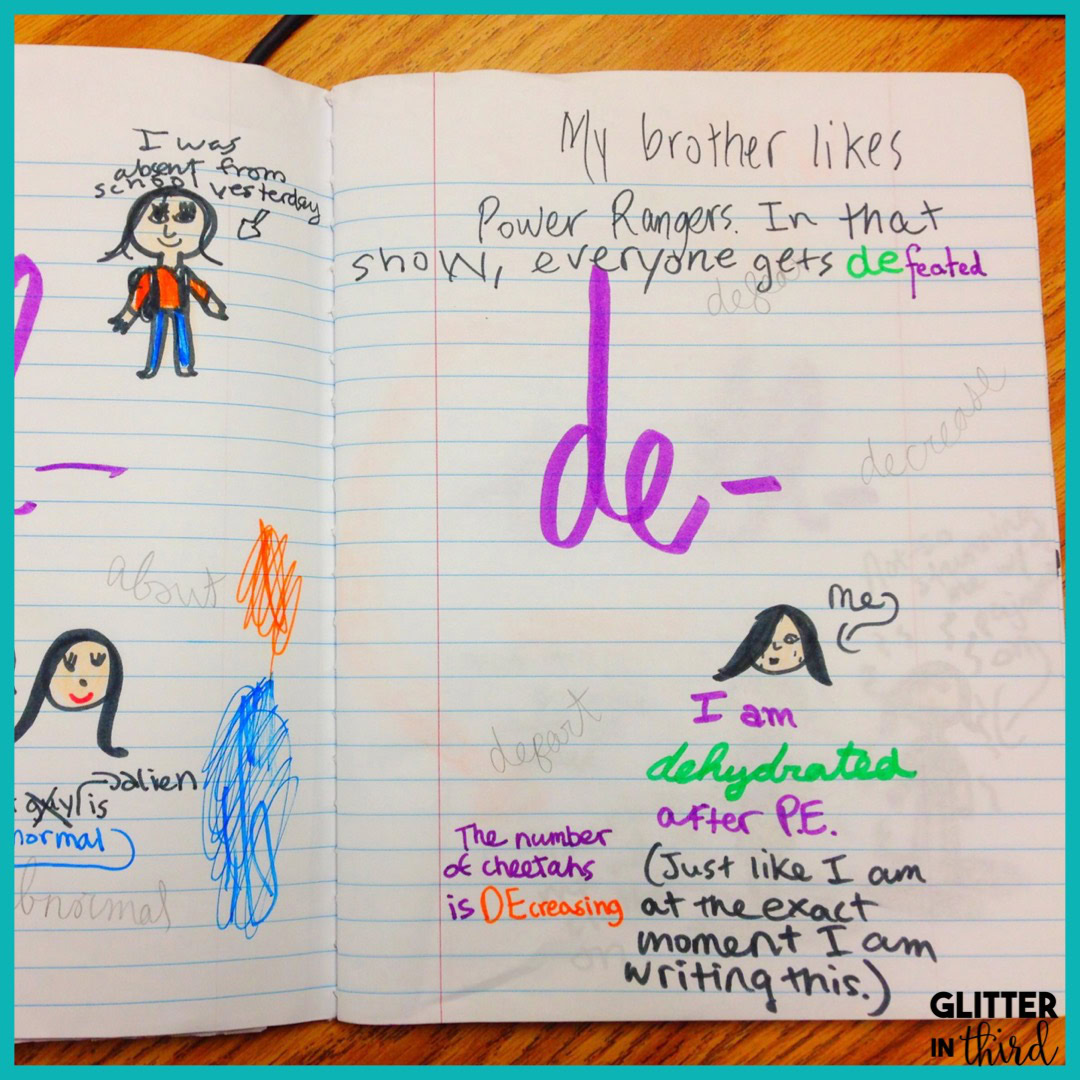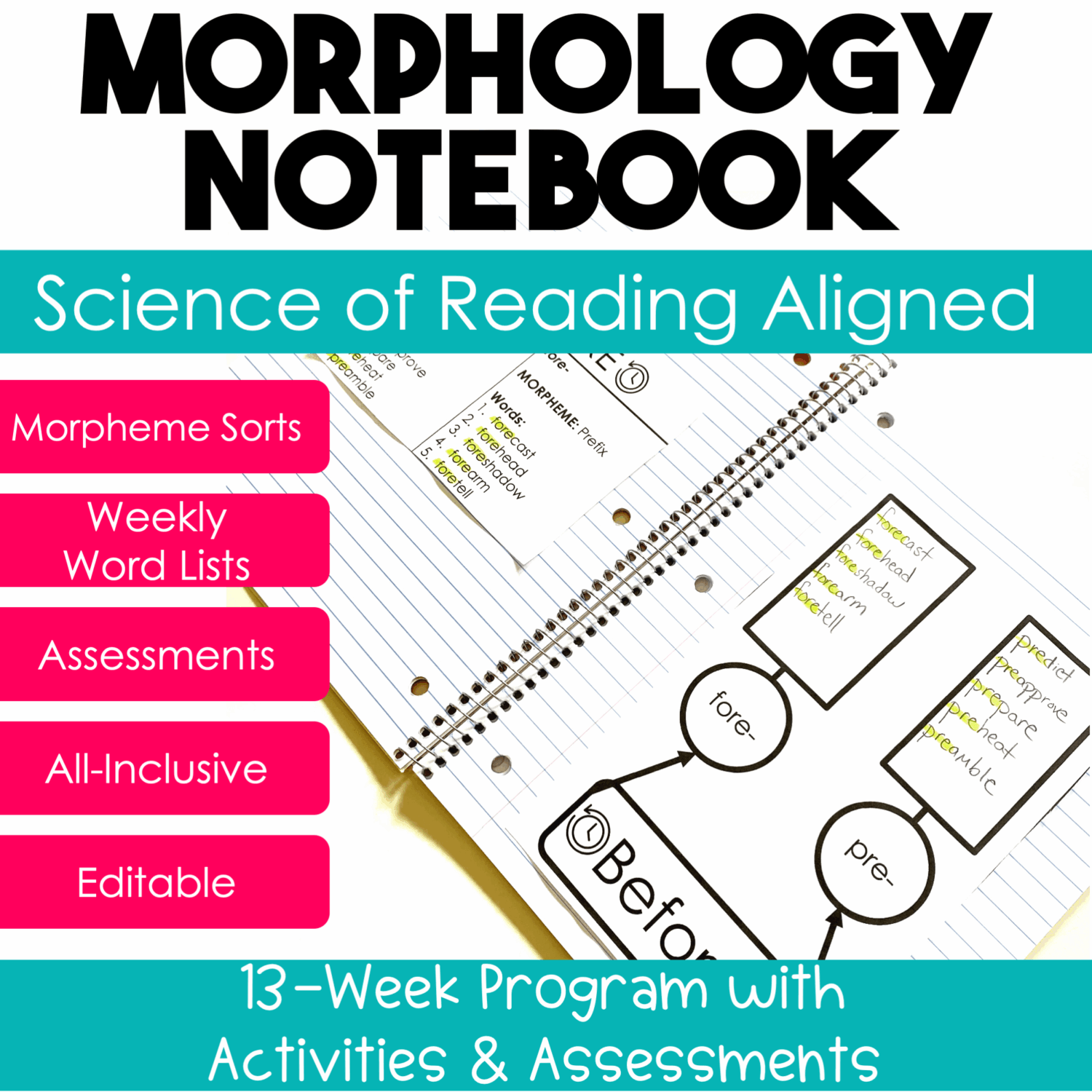Join the VIP Teacher Club!

If you’re looking for a way to help students become stronger readers and writers, teaching morphology and connecting it to the science of reading is a powerful place to start. The best part? It doesn’t have to be complicated.
When we explicitly teach morphemes—those little word parts like prefixes, suffixes, and roots—we’re giving students strategies they can apply across all subject areas. Vocabulary, decoding, spelling—it all gets stronger.
And yes, teaching morphology the science of reading way is possible even if your schedule is packed. These five simple strategies make it easy to start without adding more to your plate.

There’s no need to overwhelm yourself or your students. Start by focusing on one word part per week—maybe a prefix like un-, re-, or pre-, or a suffix like -ful, -less, or -ly. For older students, you might begin with root words.
Post the weekly morpheme where students can see it. Refer to it during transitions, morning meetings, read-alouds, or writing time. This type of repetition helps students internalize the meaning, and it doesn’t require a long daily lesson.
When students notice the same morpheme in different words, they begin to apply what they’ve learned—right in the moment. That’s the goal of teaching morphology through the science of reading.
You don’t need to pull out long, unfamiliar vocabulary words to teach morphology. In fact, it’s more powerful when students begin with words they already understand. Take words like redo, careless, preheat, or happiness. These are words they use all the time—and they’re loaded with meaning.
Break the word apart:
Ask your students: What does each part mean? What happens to the meaning when you add or change something? Can you think of another word that uses the same part?
This approach helps build understanding without making it feel like a separate or scary lesson. It shows them that they already know a lot more than they think they do.
If your students are like mine, they love putting things together—especially when it feels like a game. Give them a list of prefixes and suffixes, along with some base words or roots, and let them mix and match to build new words.
You can keep it playful:
Even better, let them create nonsense words and try to guess the meaning based on the word parts. (Prejumpful, anyone?) This kind of exploration helps students see that word parts carry meaning and that they can use those clues to figure out new words in the future.
Plus, it’s fun—and fun tends to stick.
One of the easiest ways to fit morphology into your day is to simply notice it during what you’re already doing. As you read aloud to your class, pause every once in a while when you come across a great word. Point it out. Break it down.
For example:

Model your thinking: “Hmm, I wonder what disappear means. I know dis- means ‘away’ and appear means ‘show up’… so maybe disappear means something goes away?”
This models exactly how we want students to think about words on their own. It’s quick, low-pressure, and builds habits that will serve them well across every subject area. This simple habit helps students internalize the skills used in teaching morphology using science of reading principles.

One of the most helpful shifts I made in my own classroom was using a morphology notebook. I needed a consistent place where my students could record, review, and reflect on the morphemes we studied. I didn’t want to reinvent the wheel every week, and I didn’t want our work to be forgotten in random notebooks or loose papers.
So I created a notebook that includes pages for:
Having that consistent structure made such a difference. My students began to take ownership of their learning, and I had a quick way to revisit and review all year long.
If you’re looking for something that’s ready to go and easy to use, you can check out the notebook I use here. It’s helped take the guesswork out of planning—and I hope it helps you too!

Looking for more science of reading-aligned ideas? Check out my post on how to bring the science of reading into 3rd grade.
If you’ve been curious about teaching morphology but weren’t sure how to squeeze it in, I hope this gave you a few easy ways to begin. You don’t need to do it perfectly. You don’t need to do it all at once. Just start small—and trust that it’s making a difference.
You’ve got this.

Hey there, I’m Kelly! I I love helping teachers save time with technology and resources so they have more hours in the day to spend with family and friends. Take a look around to find new ideas that you can implement in your classroom today!